The Dos and Don’ts of Piercings : A Guide to a Safe and Successful Experience
Whether you’re getting your first piercing or you’re a seasoned pro, the process of getting and caring for body piercings requires some attention to detail. Piercings can be a beautiful form of self-expression, but improper care can lead to complications, infections, or discomfort. To help ensure you have a safe and positive experience, we’ve
put together this list of do’s and don’ts to guide you through the process.
The Do’s of Body Piercings
1. Do Your Research Beforehand
Before getting any piercing, it’s important to research the type of piercing you want and the studio where you’ll get it done.
2. Do Follow Aftercare Instructions
After your piercing is done, follow the aftercare instructions given by your piercer to a T. If getting pierced at Almost Famous Body Piercing, this typically includes cleaning your piercing with a non-iodized sea salt and glycerin soap, avoiding harsh chemicals like alcohol or hydrogen peroxide, and keeping the area free of bacteria. Good aftercare
helps reduce the risk of infection and ensures your piercing heals properly.
3. Do Keep the Piercing Clean
Keep the area around your piercing clean but avoid over-cleaning, as this can irritate the wound. Use glycerin soap to gently wipe away any drainage or crusting around the surface of the piercing. Then you’ll use non-iodized sea salt to soak the piercing 2-3 times a day. If you’re getting an oral piercing, you’ll also be given specially-formulated
mouth rinse for cleaning after eating, drinking anything besides bottled water, or smoking.
4. Do Wear the Right Jewelry
Your piercer will use a specific type of jewelry for your piercing based on the placement and type. This jewelry is always larger or longer to allow for moderate swelling. You want your jewelry to be made from safe, hypoallergenic materials like titanium, surgical steel, or gold, especially during the healing phase.
5. Do Give Your Piercing Time to Heal
Patience is key. Healing times can vary from a few weeks to several months, depending on the piercing. Don’t rush the healing process—allow the piercing to fully heal before changing jewelry. If you’re unsure, always ask your piercer when it’s safe to make the switch.
6. Do Pay Attention to Any Signs of Infection
Keep an eye on your piercing for any signs of infection. If you notice unusual redness, swelling, pus or drainage that is green-ish/bloody, or excessive pain, it’s important to seek professional advice right away. Early intervention can help prevent more serious complications.
7. Do Stay Hydrated and Eat Well
Your body needs proper nutrients and hydration to heal effectively. Drink plenty of water and eat balanced meals to support your immune system during the healing process.
The Don’ts of Body Piercings
1. Don’t Touch Your Piercing with Dirty Hands
One of the easiest ways to introduce bacteria into your piercing is by touching it with unclean hands. Always wash your hands thoroughly with soap and water before touching or cleaning your piercing.
2. Don’t Use Harsh Chemicals
Avoid using alcohol, hydrogen peroxide, or antibacterial ointments on your piercing. These can be too harsh, drying out the tissue and potentially slowing the healing process. Stick to gentler items like sea salt and glycerin soap.
3. Don’t Remove Your Piercing Too Soon
Don’t remove your jewelry too early. If your piercing is still healing, removing it can cause the hole to close up or shrink or can start your healing over. If you absolutely need to remove it for any reason, consult your piercer first.
4. Don’t Sleep on Your Piercing
Especially in the first few weeks, avoid sleeping on your piercing. The pressure from your pillow can irritate or dislodge the jewelry, prolonging healing or even causing injury. If you’re getting a cartilage or ear piercing, consider using a travel pillow to avoid putting pressure on the area.
5. Don’t Expose Your Piercing to Pools, Hot Tubs, or Oceans
During the first 6-8 weeks of the healing process, avoid submerging your piercing in pools, hot tubs, or oceans, as these environments are filled with bacteria that could introduce infection to your piercing. Showering is fine, but always avoid direct exposure to potentially contaminated water.
6. Don’t Twist or Rotate Your Jewelry
It’s a common myth that twisting your jewelry helps it heal faster. In reality, rotating your piercing can cause irritation, delay healing, and even increase the risk of infection. Leave your piercing alone and let it heal naturally.
7. Don’t Change Your Jewelry Too Soon
It might be tempting to switch up your jewelry for a new look, but changing jewelry too early can disrupt the healing process. Wait until your piercer gives you the green light to swap jewelry—typically after the piercing has fully healed.
8. Don’t Ignore Pain or Irritation
A little discomfort is normal right after getting a piercing, but persistent pain, swelling, or irritation may indicate a problem. If your piercing doesn’t improve after a few days or you notice new symptoms, don’t hesitate to seek professional help.
In Conclusion, body piercings are a fun way to express yourself, but they come with responsibilities. By following these simple do’s and don’ts, you’ll give your piercings the best chance to heal properly and stay safe. Always remember: when in doubt, ask your piercer. They are your best resource for ensuring that your body piercings stay as beautiful and healthy as possible. Have any questions about your piercing or need aftercare advice? Feel free to reach out! We’re here to help you every step of the way.


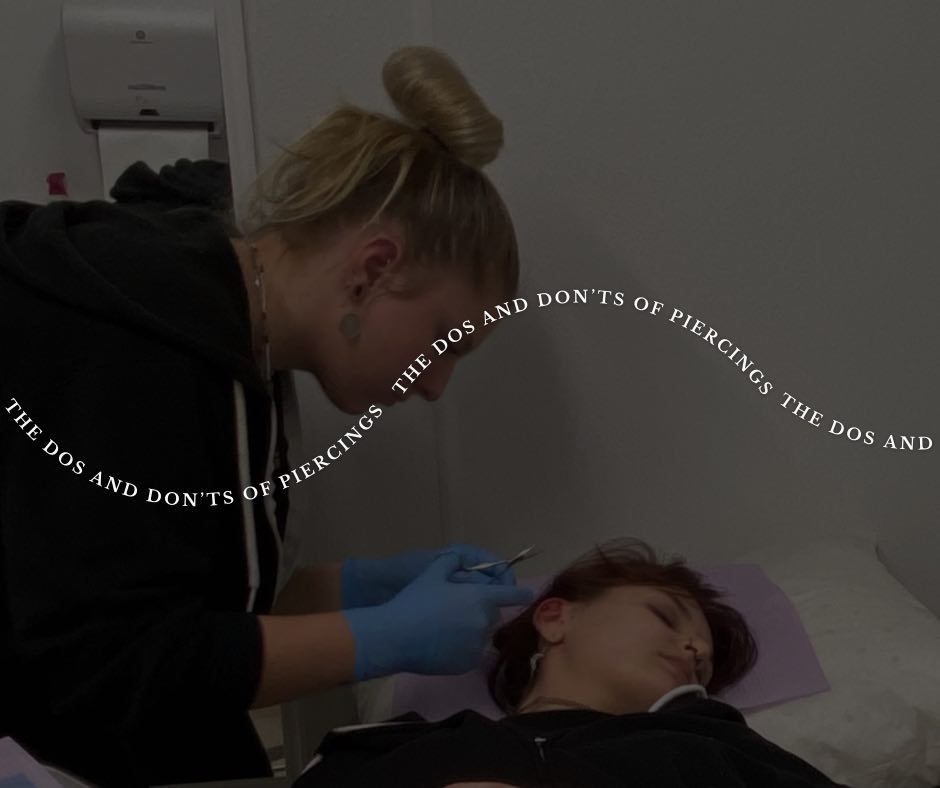


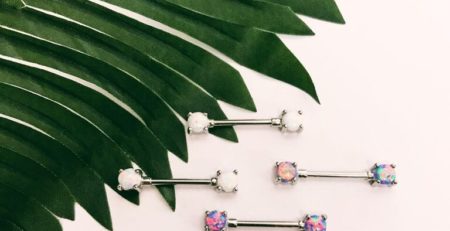
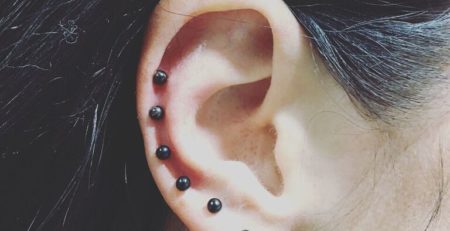
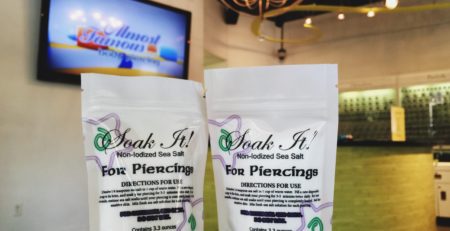


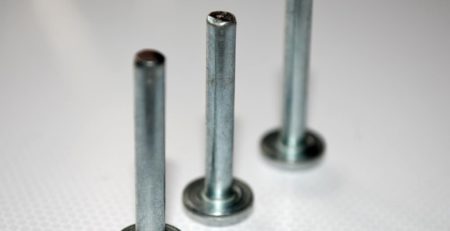
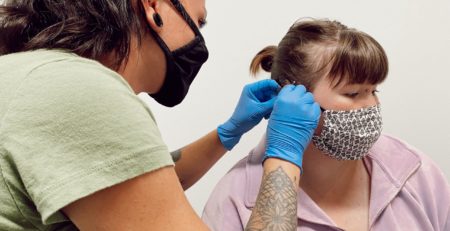


Leave a Reply